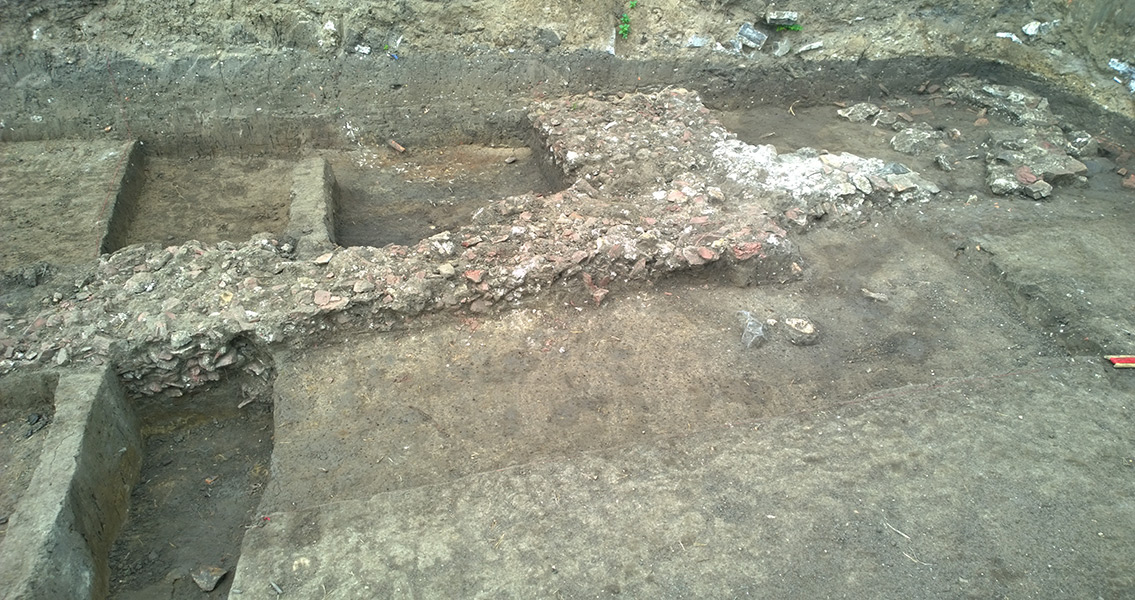<![CDATA[Archaeologists from a Frankfurt university have confirmed through new evidence the existence of remains of a Roman-era village in the vicinity of the town of Gernsheim in Germany. Suspicions were high after a dig in the region last year had revealed indications that Gernsheim dated back to Roman times. Now, researchers revisiting the site have found that the village was founded partly on the remains of a military fort that would have been vacated by Roman soldiers in around 120 CE. Roman finds have been discovered in Gernsheim several times since the nineteenth century, though little concrete evidence had been uncovered by researchers until the initial excavations in 2015. Goethe University’s Dr. Thomas Maurer, the leader of the excavation, said in a statement released by the university that scientists have confirmed that a settlement roughly the size of a village existed on the site from the first to the third centuries, similar in size and appearance to already proven Roman settlements that have been found in Ladenburg, Dieburg, and Groß-Gerau. This year’s excavation, which began on August 3rd and will continue until the beginning of October, has discovered several cellar pits, a pair of wells, and the foundations of fire pits and a stone building. Dr. Maurer added that the team has already discovered some legitimate treasures such as a bone hairpin with a female bust at its crown, the remnants of a board game complete with playing pieces and dice, and several pearls and garment clasps. The inhabitants of the village were likely to have been military families as well as tradesmen and craftsmen that relied on the military for most of their custom. Dr. Maurer remarked that when the troops were pulled out and reassigned in 120 CE, a temporary economic downturn probably gripped the town, similar to occurrences that have been known to have occurred in other, more well-studied sites. However, with stone buildings already being present in the second century within the village, it was likely prosperous. Specific archaeological artifacts discovered at the site indicate that the population of the village was mostly local, with coins and traditional dress indicating a Gallic-Germanic origin for the majority of its inhabitants. The 600 square meter excavation area selected for this year’s endeavor, around twice the size of last year’s excavation, is being worked by 20 of Dr. Maurer’s archaeology students in order to provide hands-on experience on an active dig site. The university students have been learning how to remove soil carefully, to survey and document findings, and to carefully recover and package artifacts discovered. Ongoing work has had the support of Frankfurt-based archaeologists from the Darmstadt branch of the the Landesamt für Denkmalpflege Hessen and the Schöfferstadt Gernsheim Cultural and History Association. A research paper is scheduled to be published regarding the finds sometime in the future at Goethe University in Frankfurt. Image courtesy of Wikimedia Commons user: Commander-pirx]]>
Clear Evidence of Roman Village Discovered in Germany
